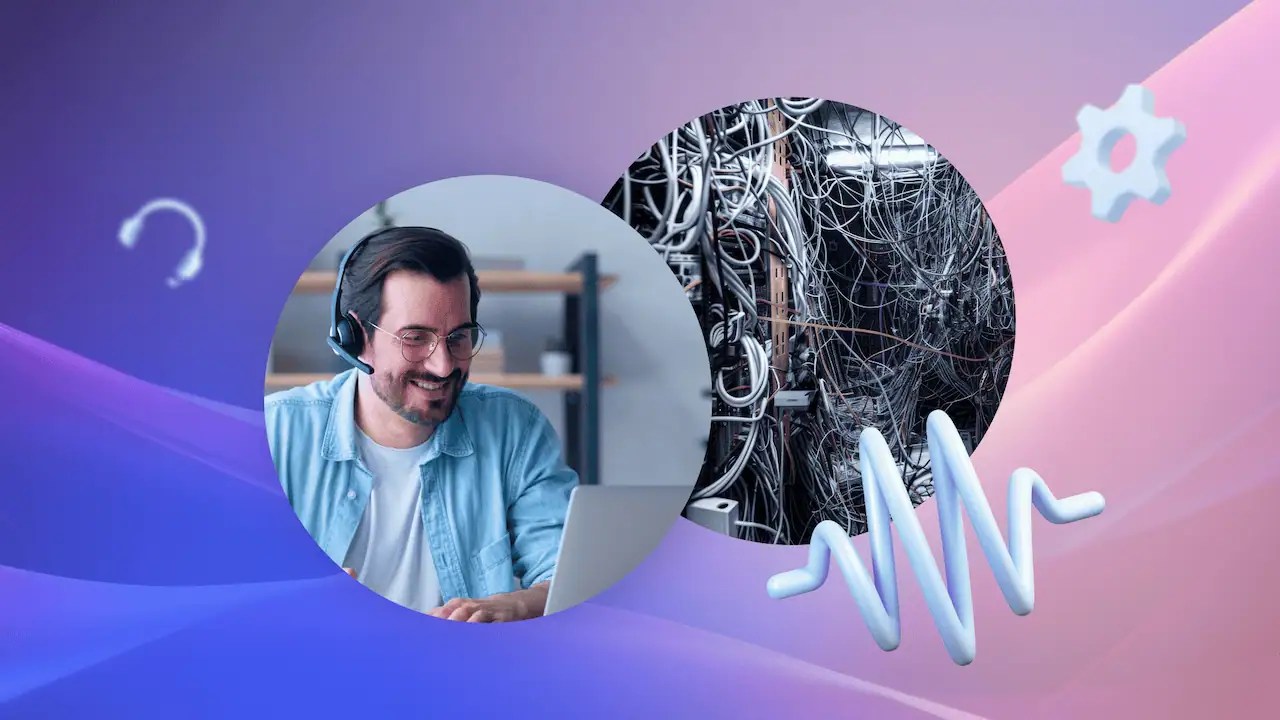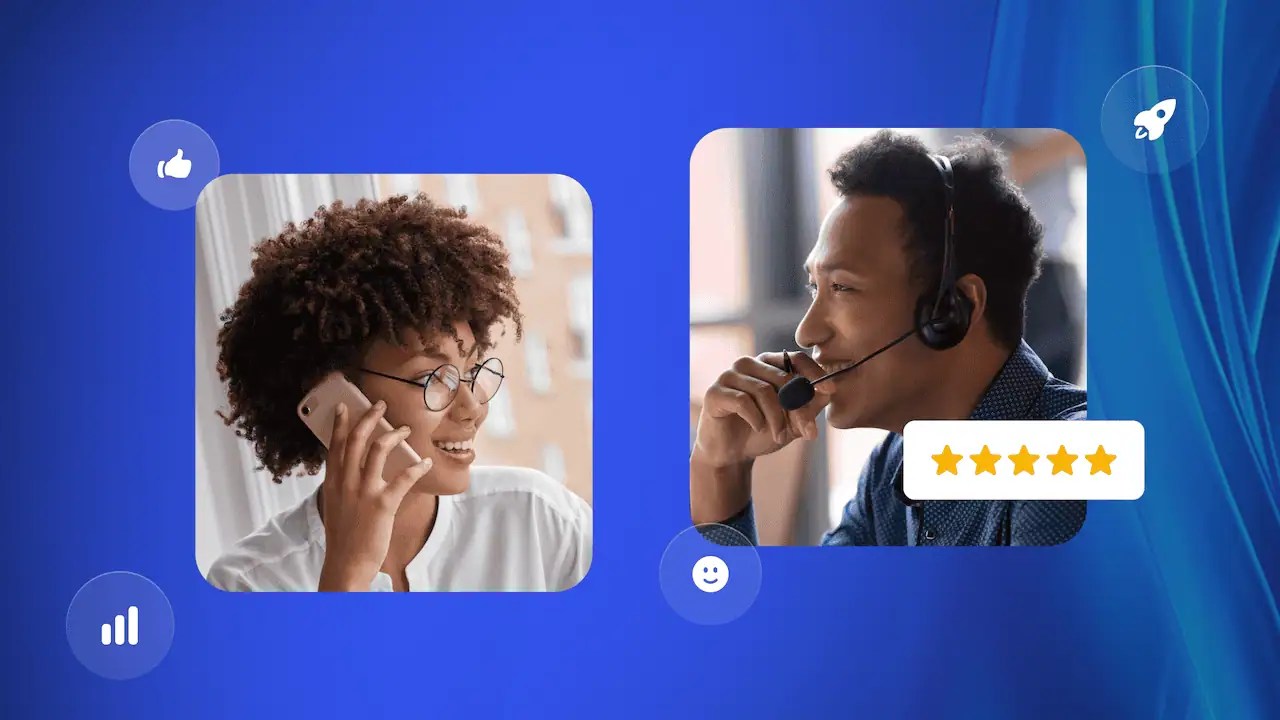Imagine that you’re planning a trip to a dream vacation spot.
- In scenario one, the traffic to the airport is horrendous, you barely catch your flight, your luggage gets lost, and the hotel room lacks basic amenities.
- In scenario two, the drive to the airport is smooth, your flight is comfortable, your luggage arrives promptly, and the hotel welcomes you with complimentary snacks.
When the journey is seamless, the vacation is stress-free and therefore more enjoyable.
The same holds for your customer journey. If you can ensure that every touchpoint along the way is smooth and satisfying, the entire customer experience (CX) will improve.
In this guide, you’ll learn more about what an omnichannel customer journey is, the challenges to be aware of, how to measure its success, and which tools to use for better results.
What Is the Omnichannel Customer Journey?
An omnichannel customer journey is consistent and integrated across multiple channels and touchpoints. This includes every interaction a customer has with your brand at the following stages.
No customer journey is linear, and people tend to dip in and out of various touchpoints, but here’s a general example of an omnichannel journey:
- Awareness: A customer sees a social media ad for a product.
- Research: They visit the brand’s website for more information.
- Consideration: They chat with a virtual assistant on the website.
- Purchase: They purchase the product online.
- Service: They call customer service with a question about using the product.
- Post-purchase: They receive a personalized email as part of a proven marketing strategy, with useful tips and recommendations for similar products.
Each of the six stages is important when it comes to impressing the customer, offering them great omnichannel customer service, getting them to buy, and retaining them as a loyal, repeat client.

If any link in this chain is unprofessional, frustrating, or untrustworthy, the customer experiences friction on their journey. Their omnichannel customer experience is compromised, making them less likely to buy or recommend your business.
Remember, the goal of adopting an omnichannel customer journey is to give your customers a seamless, consistent, and personalized experience, regardless of how (and when) they interact with your brand. This might be through a social media ad, a digital marketing email, or a visit to your brick-and-mortar store.
And an excellent customer experience helps you grow customer loyalty, customer satisfaction, and customer lifetime value (CLV).
Challenges to Overcome in the Customer Journey
You can’t help your team meet their customer satisfaction goals if you don’t know what problems they’re facing. Here are five challenges you might be facing.
Fragmented customer data
Think of how frustrating it is as a customer to have to explain your issue and your history to each CS rep you speak with via email, phone call, or Instagram.
Having customer information scattered across different channels makes it difficult to keep track of where people are in their journey, understand customer needs, and provide a great user experience.
Implementing an integrated CRM system can help you centralize customer data and streamline the journey.

Inconsistent messaging
Inconsistent messaging and differing tones of voice across channels make it more difficult for the customer to understand your brand, build loyalty, and trust it enough to make a purchase.
For example, a website chatbot with a very corporate or unhelpful tone of voice could appear abrupt and off-putting to a customer who discovered the brand through its playful and irreverent social media account.
Channel silos
When departments work independently in silos, it’s much more difficult to present a unified, consistent message in all interactions.
Team members are not aligned or familiar with other departments’ goals or projects, and customers receive a disjointed, unhelpful experience. This means being bounced between departments or receiving conflicting, inconsistent messaging between different channels.
Lack of personalization
Customers will feel most aligned and loyal to your brand — and more likely to buy again — if you personalize their user experience. This could be in the form of a segmented email or a gift on their birthday.
A study by McKinsey found that 76% of consumers are “more likely to consider purchasing” from a brand that personalizes interactions, including tailored messaging and targeted promotions.

Omnichannel marketing
Customers interact with brands across multiple platforms — social media, email, websites, chatbots, in-person, etc. If these touchpoints aren’t connected, customers may receive redundant, conflicting, or out-of-date information.
For example, a customer might see a promotion on Instagram, click through to the website, and then visit a physical store only to find the staff unaware of the deal. This disconnect disrupts the customer journey and erodes trust in your brand, leading to frustration and drop-off.
An omnichannel marketing strategy only works as well as you are able to integrate marketing, sales, and customer service efforts. Providing a seamless experience – and here marketing automation can help to synchronize messaging and track customer interactions across channels – where customers can move effortlessly from one channel to another will make your customers very happy.
9 Steps to the Perfect Omnichannel Customer Journey Map
Planning a great customer-centric omnichannel experience starts with imagining that your buyer is going on a physical trip, and you hold the customer journey map.
If you tailor your rest stops to each passenger’s needs, avoid heavy traffic, and identify bumps in the road beforehand, the journey will be much more pleasant. And it will be far more likely to meet customer expectations than just starting the car and hoping for the best.

Here are nine ways you can give your customers the experience of a lifetime with efficient customer journey mapping.
1. Identify each customer touchpoint
First, you’ll want to identify and track the main cross-channel touchpoints that your customers use. There are two main touchpoints in the customer journey: online and offline.
It’s much easier to do this if you use dedicated omnichannel contact center software. This enables you to see which touchpoints to focus on and which are most relevant to your customer.
But you can also identify touchpoints through customer surveys and feedback or by manually tracking with spreadsheets or simple databases.
Online
Touchpoints online include:
| Touchpoints | Aspects that may impact the customer’s journey experience |
|---|---|
| Websites | Design (font, color, layout, etc.), tone of voice, images, CTAs, ease of navigation |
| Mobile apps | Ease of use, design, tone of voice, images, types of notifications |
| Social media | Design, tone of voice, images and video, music, emotions, feel, writing style |
| Email marketing | Usefulness, frequency, community vs. selling, design, tone, images, CTAs |
| Online advertising | Design, messaging, tone of voice, images, music, video, emotions |
Offline
Touchpoints offline may include:
| Touchpoints | Aspects that may impact the customer’s journey experience |
|---|---|
| In-store | Design, layout, lighting, service, ease of access |
| Phone calls | Ease, tone of voice, service |
| In-person events | Design, lighting, images, text, video, music, service, product offer |
| Brochures | Design (font, color, layout, etc.), tone of voice, images, CTAs |
| Printed receipts | Design, usefulness (e.g., offering thanks or a discount opportunity) |
2. Analyze customer behavior
Look for trends in how and when a potential customer interacts with your brand across different channels. Understanding peak times and preferred touchpoints can help you allocate resources more effectively.
You can also look through complaints, support tickets, and feedback to identify common issues or friction points in the journey. And don’t forget to segment your customers based on their behavior, preferences, and interactions. This allows you to tailor the customer journey to different groups, enhancing personalization and satisfaction.
Contact center software like Nextiva provides customer journey analytics which makes it simple to analyze customer behavior as they move through their journey.

All agents have access to customer interaction history, which gives them the context to serve better.
Nextiva also lets you set up workflows and use AI to automatically move the customer through the journey so you can focus your agents’ resources on personalizing the experience and handling more complicated issues.
3. Create customer personas
Understanding the type (or types) of customers you have lets you provide a personalized journey.
For example, with detailed personas, you can:
- Offer targeted promotions
- Provide relevant recommendations based on past purchases or purchases made by similar shoppers
- Send out personalized email campaigns
- Discover which platforms your customers spend time on and tailor your marketing efforts
Use your contact center software to track customer interactions and create personas based on their demographics, needs, and behaviors.

4. Map the journey stages
Customer journey mapping with specific stages means imagining the CX as a literal trip from A to B to C. Using a visual technique makes it easier to see the customer moving between the stages of awareness, research, consideration, purchase, service, and customer retention.

Mapping how your customers move between each stage helps you understand what they need at each touchpoint.
5. Pinpoint pain points
Identifying areas where you can improve the customer journey lets you elevate their experience, present a more consistent, personalized, and professional image, and convert them into happy, paying customers.
You can do this by taking a closer look at your ideal customers’ behavior and getting clearer on the stages they pass in their journey and when. For example, if customers often visit your website but don’t buy, you could add a customer support chatbot to help answer their questions and convert them more consistently.

If they visit your store but like to go away and think before purchasing, you could add more information in-store to overcome their reservations. Staff could also offer to add them to an email sequence specifically designed to help them purchase a brick-and-mortar visit.
6. Develop omnichannel strategies
You can now use this data to craft targeted content and interactions for each touchpoint. When you know your ideal customer persona, behaviors, journey, and pain points, you can develop effective strategies across all channels in real time.
For example, you might identify that 90% of your customers discover your brand through social media.
So, you can focus on improving your social media content, encouraging and responding to direct messages with a consistent brand voice, giving followers social-only discounts, and gathering users’ data for follow-up marketing.
7. Personalize communications
Tailoring the customer journey not only helps people feel valued but makes your messaging more effective. That’s because it speaks to them more deeply, hits them at a relevant time, or solves a timely problem for them as and when they need it.
One way to personalize communication is to tailor your messaging to your customer’s interests, preferences, and purchase history.
You could send a gift discount ahead of their birthday, personally address emails to them after they make a purchase, ask for feedback on the specific product they bought, or offer targeted promotions on items that complement their interests or previous buys.

8. Unify customer data
A smooth and seamless experience happens when each part of your journey speaks to the other. The easiest way to centralize customer data is through a CRM system that consolidates all interactions from various channels. This ensures that every team member can access the same comprehensive information, eliminating gaps and inconsistencies.

Once you have that system set up, focus on data consistency and cleanliness by establishing regular data audits and updates. Make sure that data from all touchpoints — social media, email, phone calls, and in-person interactions — flows into a single, updated repository.
Finally, use APIs and integrations to connect different systems in your organization.
This allows for real-time data sharing and reduces manual data entry errors. By linking your CRM with marketing tools, customer service platforms, and other systems, you ensure that data flows smoothly and all teams have the latest information.
9. Track and measure results
Tracking and measuring changes and actions against relevant KPIs is the best way to determine your strategies’ success.
Some KPIs you might track include:
- Customer satisfaction score (CSAT)
- Net promoter score (NPS)
- Customer effort score (CES)
- First contact resolution (FCR)
- Average response time
- Customer retention rate
After you analyze the data, iterate and refine your strategies to keep improving your customer journey maps.

Benefits of an Effective Omnichannel Customer Journey
Building strong omnichannel customer journeys ensures that customers receive a seamless, personalized experience across every touchpoint, which drives long-term loyalty. Here are the key benefits:
- A better understanding of your audience. An omnichannel strategy helps businesses gather insights from multiple touchpoints so they have a comprehensive view of customer behaviors and preferences. This deeper understanding allows brands to craft more relevant messaging, optimize marketing efforts, and enhance overall customer satisfaction — ultimately leading to increased conversions.
- An enhanced customer experience. A connected omnichannel experience removes barriers that frustrate customers. Whether they switch from a chatbot to a phone call or browse on mobile before purchasing in-store, continuity in communication and service enhances convenience. This streamlined approach allows you to offer personalized product and service recommendations when they’re ready to buy, which increases the likelihood of repeat business.
- Increased customer loyalty and retention. Providing a seamless omnichannel customer journey fosters trust, which strengthens customer engagement and encourages long-term loyalty. When customers feel understood and valued, they are more likely to return and advocate for your brand. An omnichannel approach ensures that loyalty programs, personalized offers, and consistent support follow customers across channels, reinforcing a sense of reliability and deepening brand affinity.
- Improved brand perception. A strong omnichannel approach positions your brand as professional, reliable, and customer-centric. When interactions are smooth and messaging is consistent, customers perceive the brand as organized and attentive to their needs. This not only differentiates you from competitors, but also builds a reputation for excellence.

Nextiva’s Omnichannel Customer Journey Solution
The most successful brands know that a seamless customer journey and consistent communication at all channels and touchpoints are the secrets to excellent service and skyrocketing revenue.
Nextiva’s omnichannel contact center software helps you set up and even automate certain stages of your CX management. It lets you plan and implement the nine-step process above and automatically gathers data to optimize the strategy based on KPI metrics for higher revenue and happier customers.
Contact center software includes functionality and features like:
- A centralized platform for managing customer interactions across channels: Unify your business voice, integrate teams, stop working in silos, and ensure consistency at all touchpoints.
- Data analytics tools to understand customer behavior: Gain deep insights into your customer personas, their behavior, customer feedback, and preferences. Track and optimize repeatedly.
- Omnichannel routing to connect customers with the right agent: Ensure consistent and helpful responses no matter the channel — whether a chatbot, messaging app, or voice assistant.
- Tools for self-service and knowledge base management: Meet customer needs consistently without agents via intelligent virtual assistants, AI-powered live chatbots, or SMS.
- Integration with CRM systems for a unified customer view: Bring all your customer details, personas, and behavior trends under one digital roof to beat the challenges of fragmented customer data.
Whether you want to focus on improving customer conversations, perfecting the CX and planning your strategy, or building your brand, Nextiva has the CX solutions you need.
Create an amazing customer experience.
Say goodbye to siloed conversations and hello to a unified experience. Engage on every channel with Nextiva’s platform for the best customer experience.





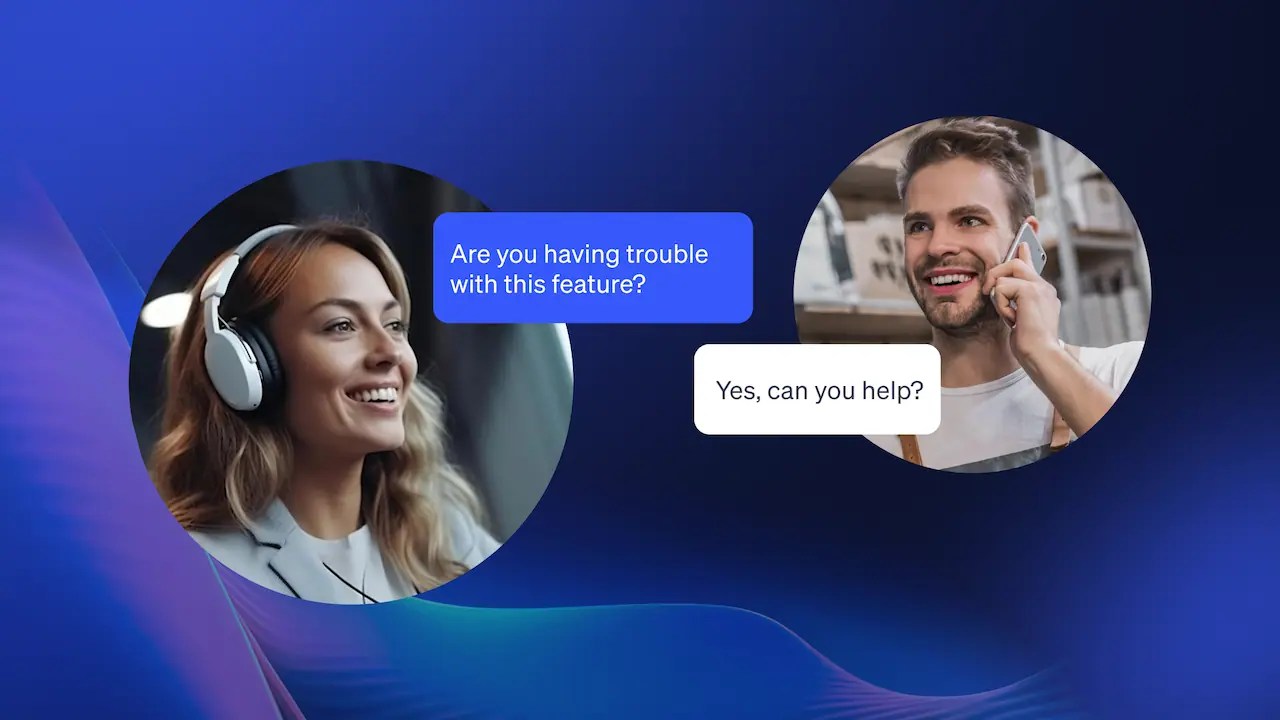
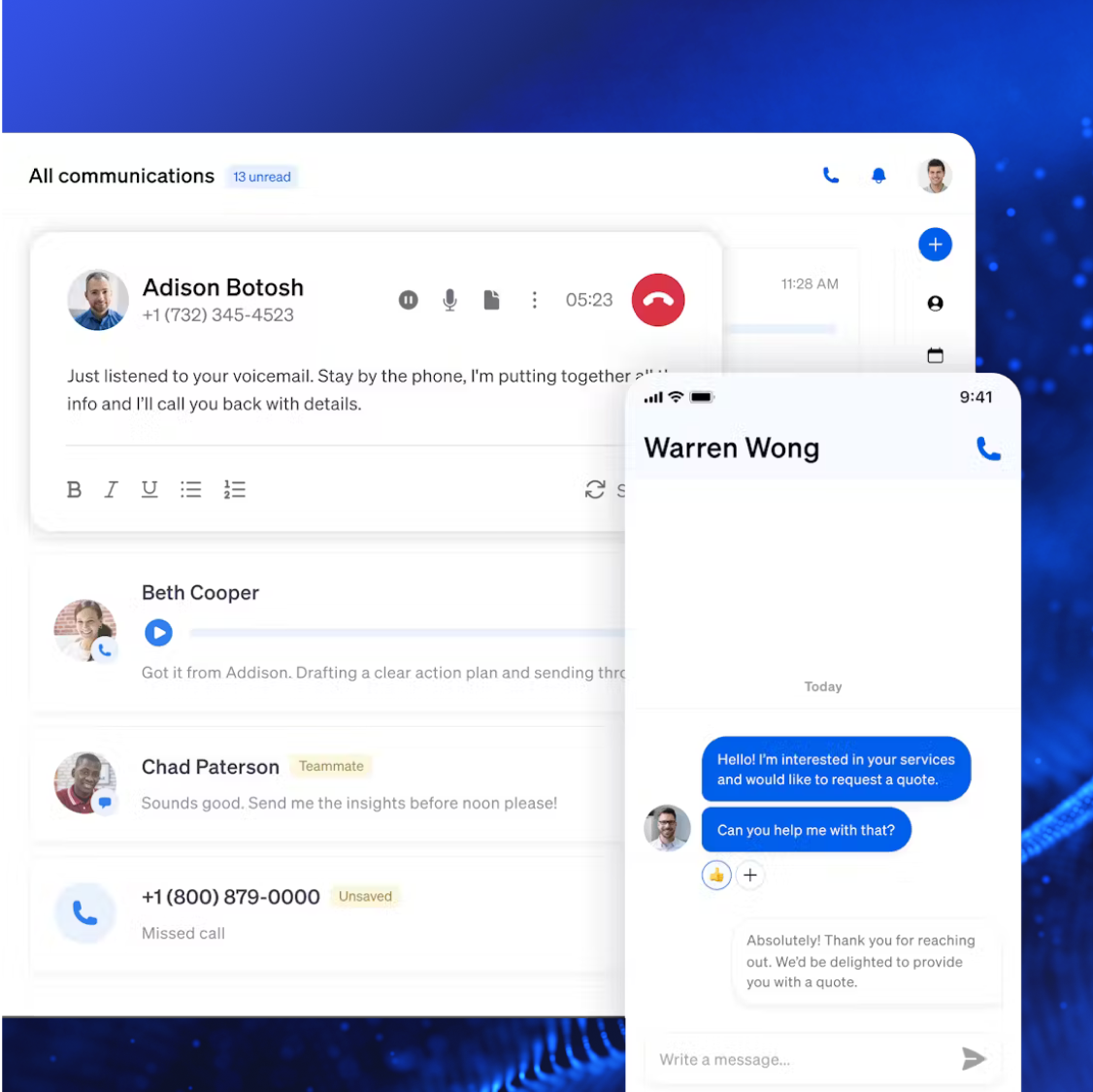
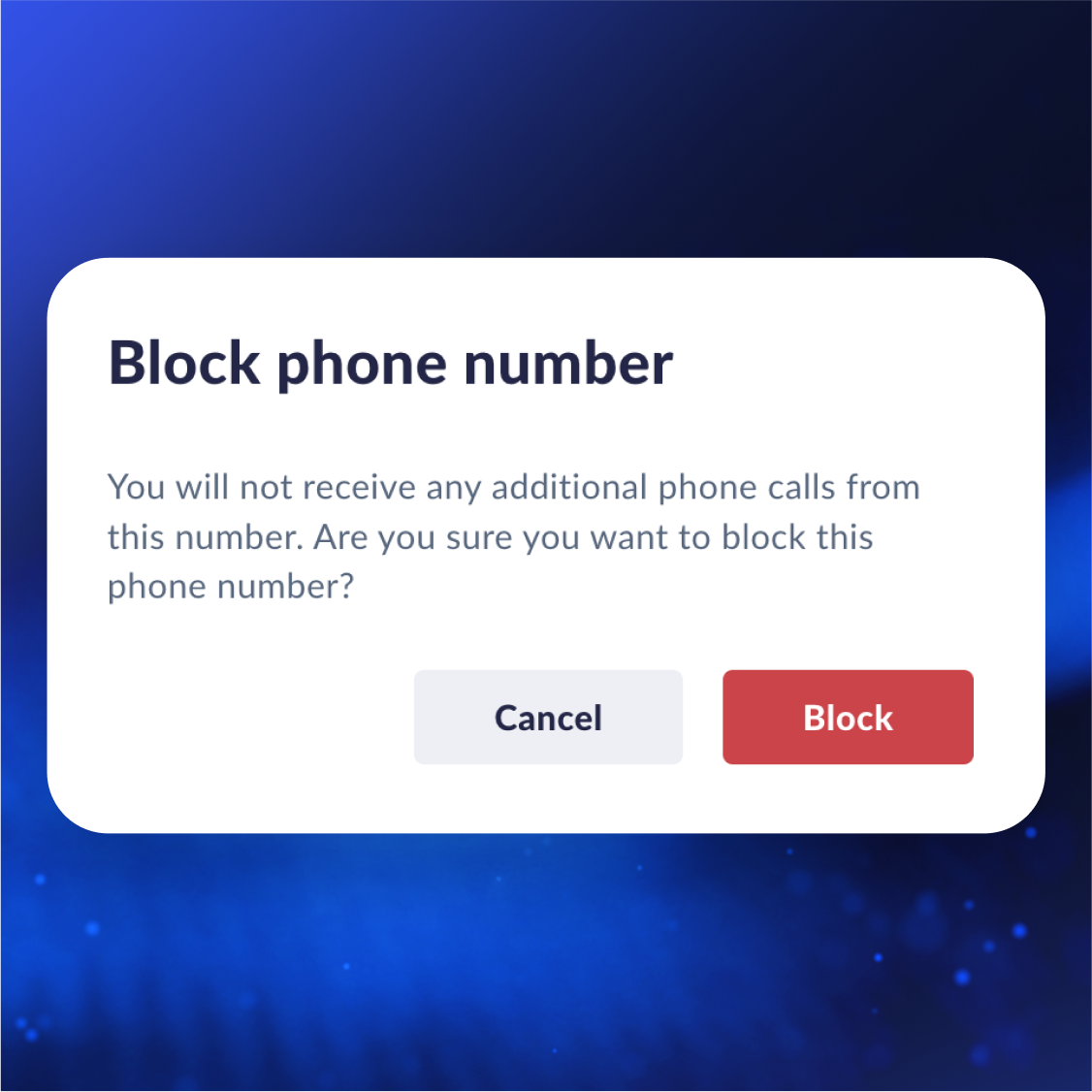







 Customer Experience
Customer Experience 







